Arizona is flush with cash, more than anyone could have imagined a year ago at the height of the Covid-19 disruptions. Now, lawmakers are talking about what to do with a $1 billion rainy day fund and a $1 billion-plus surplus.
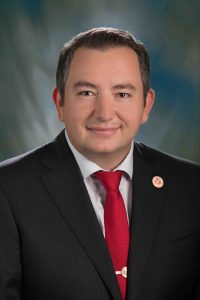
Currently, negotiating is underway at the state Capitol to put together a budget for next fiscal year. Among the proposals for funding are major income tax cuts, tax credits for lower-income working families and funding for infrastructure, education and other projects.
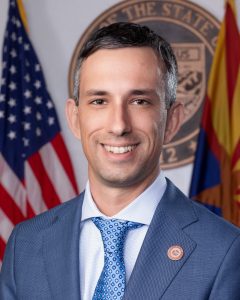
“We have so many resources available, it’s unprecedented. Last year, a little before this time in March, the predictions were pretty dire. We were (projecting) a billion plus in deficits. Then it was adjusted, adjusted and adjusted. Now, it looks like it’s going to be a multi-billion dollar surplus,” said House Majority Leader Ben Toma (R-Peoria), who is among those leading efforts to implement up to $1 billion in income tax cuts over the next four years.
Toma and Senator Sean Bowie (D-Chandler) spoke about the budget negotiations and the proposals during a Capitol Times Morning Scoop event last week, entitled What’s Next for Arizona’s Tax Climate? Other speakers were Kevin DeMenna of DeMenna Public Affairs, and Jared Van Arsdale, a board member of the Arizona Society of Certified Public Accounts.
Why does the state have so much money?
There are several reasons for the surplus. Arizona already had a $1 billion rainy day fund heading into the pandemic. Governor Doug Ducey then took a measured approach to constraints on business operations during the pandemic, unlike states like California that were fully shut down for months on end. As a result, the state is seeing one of the fastest recoveries in the nation.
Arizona is also receiving more than $16 billion from the latest federal relief package, the American Rescue Plan. Of that amount, the state government will receive $12.2 billion.
Arizona already got $38 billion from previous federal relief payouts from the CARES Act, which included funds for things like protective gear for K-12 schools, increased unemployment benefits for the jobless, stimulus checks for citizens, and forgivable loans for businesses.
The state also has enjoyed a windfall in taxes during the pandemic from the “Wayfair” legislation signed by Gov. Ducey in late 2019. The legislation requires online, or remote, sellers and marketplace facilitators to file and pay transaction privilege tax.
Plenty for tax cuts, new infrastructure and more
With all the money at hand, budget negotiations are taking longer and are more complex than years past, both Bowie and Toma said.
With the Republicans in control of both houses, the budget moving forward includes Governor Ducey’s sought after goal to implement a $1 billion tax cut over the next few years.
The whole point of the tax cut proposal is to push the economy into overdrive, Rep. Toma said. Reducing income tax rates will make Arizona a more desirable location for industry.
“When we’re talking about tax reform and tax cuts in the House, I’m looking at this and I’m pushing it as an investment in the economic and competitive future of Arizona,” he said. “I would argue with anyone that if we do this right, come three years from now, when we fully implement a massive tax cut, it will result in even more revenue.”
Toma laid out some of the details for tax reforms and cuts he and others are weighing in the budget negotiations:
- Cut income taxes by up to $1 billion over the next several years. One proposal to accomplish that would be to implement a flat tax of 2.5 percent across the board over the next three years. Currently, Arizona income tax rates vary by class, ranging from 2.59 percent for the lowest income tax bracket on to 8 percent for high income earners.
- Lessen the blow on small businesses impacted by the high income tax from the Invest In Ed measure, Proposition 208. While it was intended to tax the wealthy, it impacts successful small businesses in the state who file their taxes under the individual tax code, known as “pass-through” filing. Under Prop. 208, these companies are paying higher rates than large corporate filers. A bill currently in the Legislature would create a special category for small businesses to avoid the tax hike. Other funds would be used to offset any losses to Prop. 208.
- Reduce commercial property tax assessment ratio from 18 to 17 percent over the next two years to make it more equitable with residential property taxes, which is 10 percent.
Tax credit for lower income brackets, education funding, affordable housing
Senator Bowie, a member of the Senate Appropriations, Finance and Commerce Committees, also spoke about his wish list for the budget including a tax credit for low-income working families.
Bowie introduced a bill to provide an Earned Income Tax Credit (EITC) that would amount to 5 percent of the federal EITC. The credit, which has been successful in other states, would amount to about $300 for a family of four earning $50,000.
“The cost is relatively small, about $75 million a year, but these would be dollars going directly to working families, dollars that are more likely to be spent going back into our economy.” Bowie said.
In the rush to provide tax cuts and credits, however, important items like infrastructure, affordable housing and higher education cannot be ignored, he said.
“There are some investments we need to make as a state and these are not luxury items. These are core functions of government that we really have not been funding for many, many years. To mention a few, our state universities. Our state has cut more from universities than any other state since 2008,” Bowie said.
Included in budget talks is funding for the New Economy Initiative, an initiative by the state’s three public universities to lure high quality industry and high paying jobs to the state to raise per capita income here.
“This is not just a blank check,” Bowie said. “It’s dollars for specific projects around the state at our three universities to invest in fields like engineering and health care and biodesign that are going to create jobs in districts like mine and all throughout the state.”
Community colleges statewide also deserve some aid, he said. They typically do not receive state funding but are requesting some this year for STEM workforce development projects. Again, it would be money well spent to create good jobs, Bowie said. Other budget items under discussion include infrastructure projects like widening the highway from Casa Grande to Phoenix and funding for affordable housing, he said.
“I’m open to tax reform but we still need the revenues in place for some of these critical investments across the state.”
Can it get done?
Whether a major tax cut will survive the budget negotiations is still an unknown. There are legal challenges that could mire some of the tax reform issues.
But that said, there is enough funding to pay for tax cuts, infrastructure, higher education, and more, Toma said.
“Arizona used to be that great state with a great climate on the way to California,” he said. “All of that’s changing. The amount of money that sits in the general fund right now gives us an opportunity to recast the tax system that will make us no longer the stop over state but the destination state.”

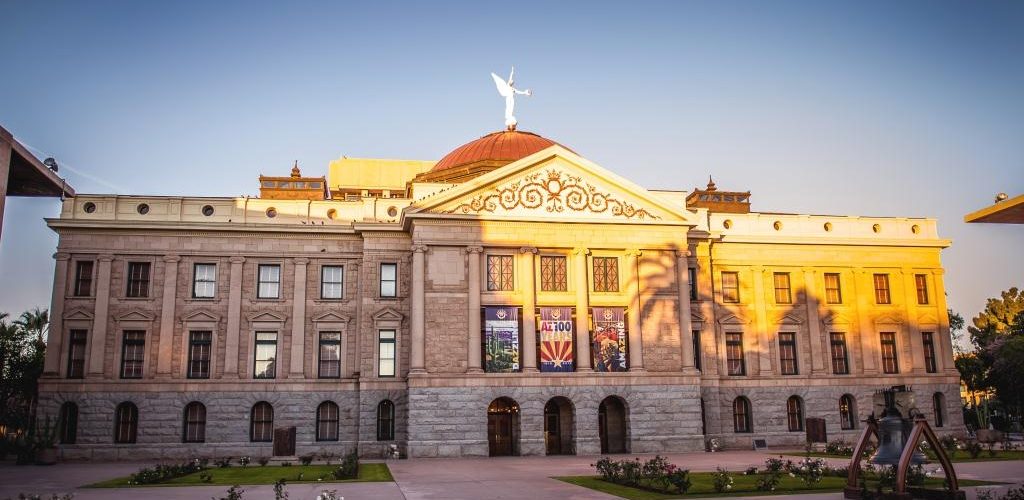
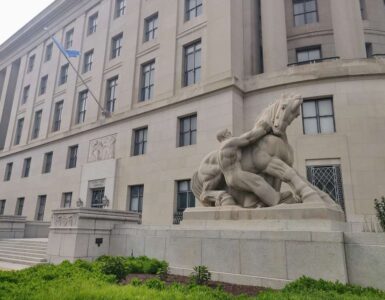
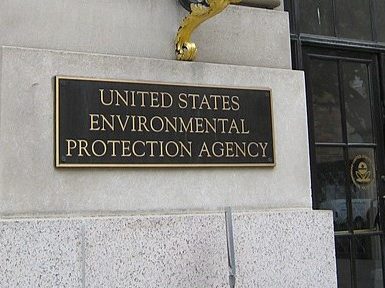












Add comment